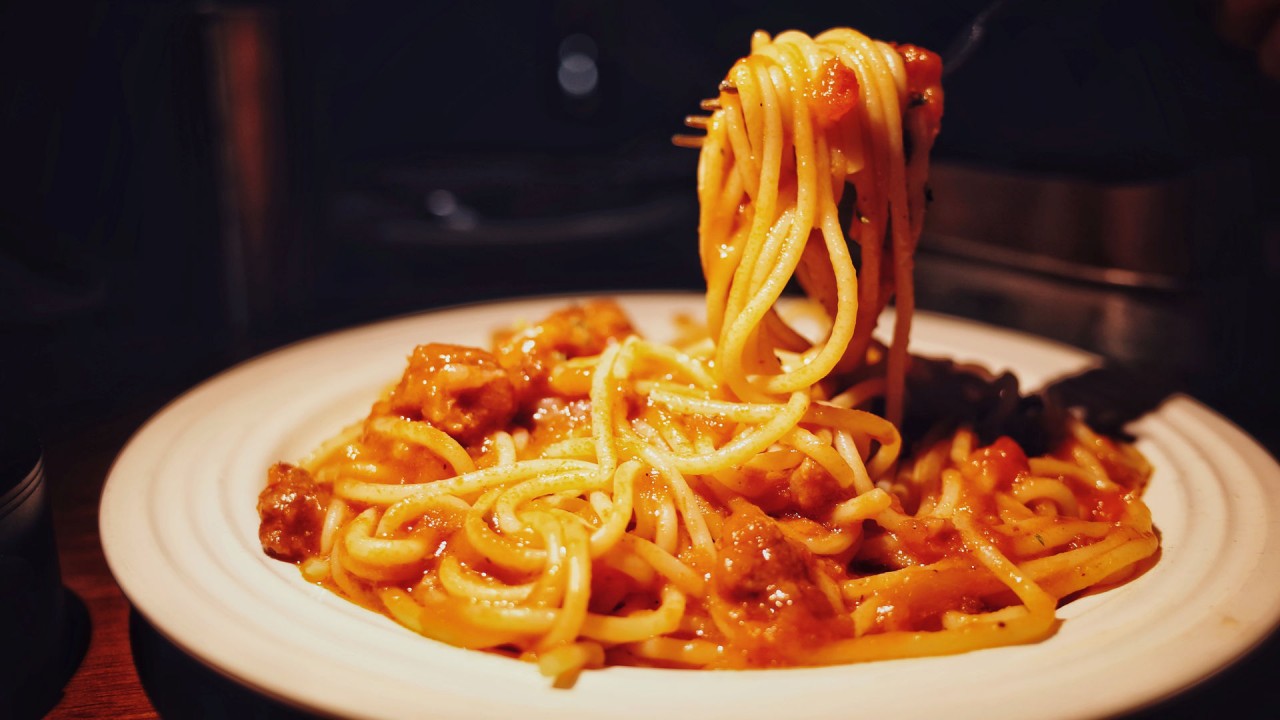
Bicatini all'Amatriciana
B
ucatini all'Amatriciana is a very ancient traditional recipe from Central Italy, certainly dating back to the time when sheep farming was very developed. It is thought to be a derivation of the very famous Gricia, which occurred after the arrival and cultivation of the Tomato in Italy, one must think of the Shepherd and the few things he could have in his saddlebag or pocket: bread, Pecorino, Guanciale, and a little flour to mix with water to make a paste that then over time took on different names and systems of realization
Amatriciana Recipe by Bolognami
I am a lover of Bucatini all'Amatriciana, the name identifies the specific area where the recipe originates, the town of Amatrice in the Province of Rieti in Lazio but on the border on one side with Umbria and on the other with Abruzzo. This beautiful, almost still wild territory has given us this ancient specialty that has lent itself over time to different variations. However, as I said before, the original recipe cannot be composed of too many ingredients because they were not there, the shepherds had few things available and with those they had to adapt. After various researches I consider the Amatriciana of Bolognami a very authentic recipe that respects the canons of the one published by the Municipality of Amatrice as the original. Always remember that to obtain a dish with great flavor and aroma you always want high quality ingredients from the area of origin Central Italy such as Pecorino Romano or Toscano D.O.P., Guanciale di Norcia or del Lago Trasimeno, Italian San Marzano Peeled Tomatoes, only in this way will you be able to taste the real Amatriciana, otherwise it will be a pasta al Pomodoro made in a hastily done way. The perfect pasta shape, in my opinion, is Bucatini, but there are those who prefer Rigatoni or Tonnarelli Freschi or Umbricelli Freschi, choose the one you like best, the important thing is that you make the sauce well, which must be perfect
Ingredients for Bucatini all'Amatriciana:
For Four People
4 Slices of Guanciale del Trasimeno Bolognami
8 Peeled San Marzano Tomatoes
6 Tablespoons of Grated Pecorino Toscano D.O.P. di Manciano
1 Chili Pepper
Black Kampot Pepper Bolognami As Much As Enough
1 Small Glass of White Wine Grechetto Antonelli
500 gr. of Bucatini
How to Prepare Bucatini all'Amatriciana
Start by cutting four nice slices of Guanciale del Trasimeno Bolognami, more than half a centimeter thick, and after having cleaned them of the rind and excess Pepper, cut them into horizontal strips not too thin, take a pan, the size that will allow you to then toss the pasta in it, and start cooking the Guanciale. As soon as it starts to fry, blend with Grechetto Antonelli Wine, as soon as the wine has dried, remove the Guanciale from the pan but not the fat that it has made. Put the Peeled Tomatoes deseeded and cut into large pieces in the pan together with the whole Chili Pepper, which you will remove from the sauce at the end of cooking. In the meantime, put a pot on the stove with plenty of salted water, as soon as it boils add the Bucatini. Let the Tomato dry, halfway through cooking add the Guanciale that you previously removed to the sauce, so as not to harden it, continue cooking until the tomato is dry. At this point remove the Chili, drain the Bucatini al dente, without throwing away the cooking water, and add them to the sauce, sauté them well and if you see that they are too dry add a ladle or two of cooking water, add the freshly ground Black Pepper, sprinkle with two thirds of the Pecorino and continue to sauté in the pan for a few moments. Serve on Plates adding the remaining Pecorino. Enjoy this wonder
The Perfect Wine for Bucatini all'Amatriciana
In my opinion the perfect wine for Bucatini all'Amatriciana is Grechetto Antonelli, produced entirely with Organic Grechetto grapes, one of the most widespread vines to be grown and processed in Umbria. The Montefalco company has been using a working method with organic farming principles for years, which has as its main objective to bring into the bottle only the characteristics of the territory and the vine. The grapes are harvested by hand during the coolest hours of the day, usually at the end of September. Once in the cellar, they are softly pressed and then fermentation is awaited in steel tanks at a temperature of 18°C. The process ends with a refinement in the tank in contact with the fermentation lees for about three months. The wine ages in the tank with a long stay on the yeasts, and then is bottled aged for a further 3 months before being released for sale. In the glass it has a straw yellow colour. On the nose you can perceive fruity notes of pineapple, notes of citrus and aromas that bring to mind almond blossom and hawthorn, giving way to a mineral sensation. In the mouth you are immediately struck by a flavour and freshness of drinkability, with a pleasant structure. It should be served at a temperature between 8°-10°C


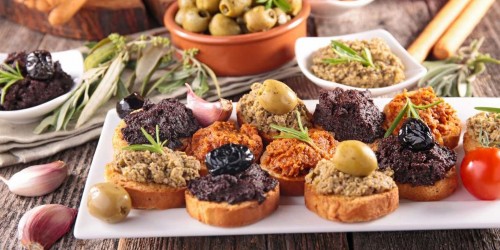















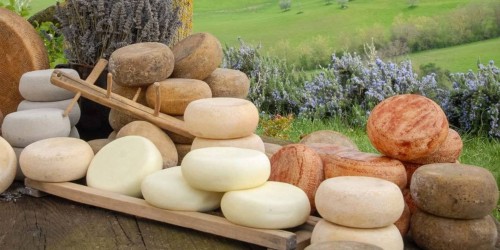
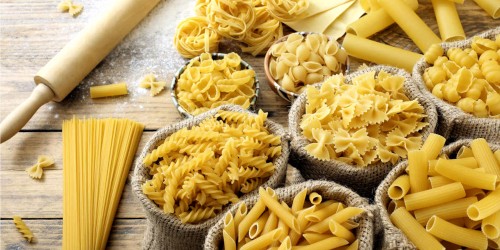


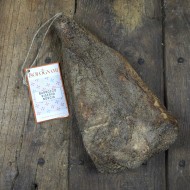
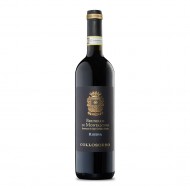
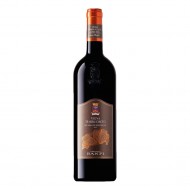
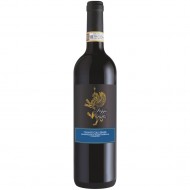

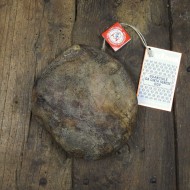
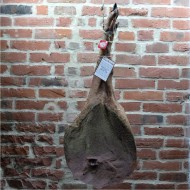








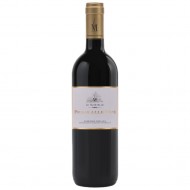































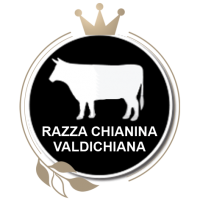
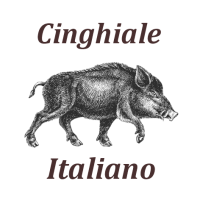

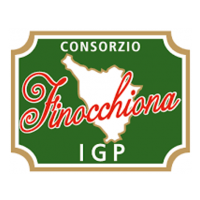





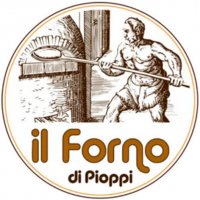











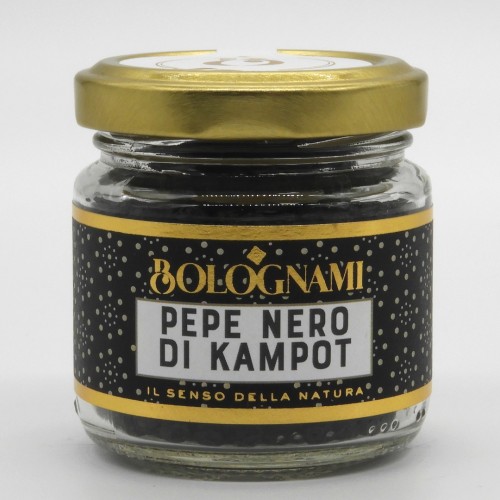
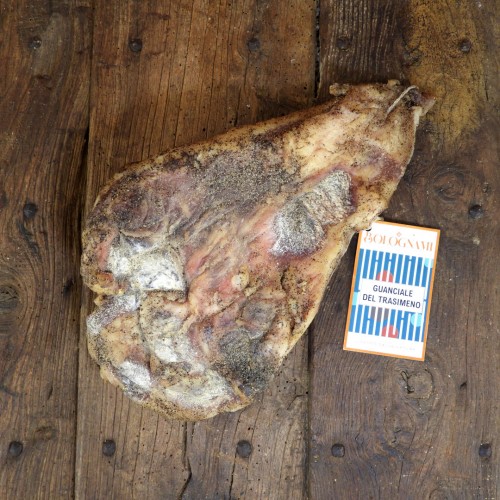

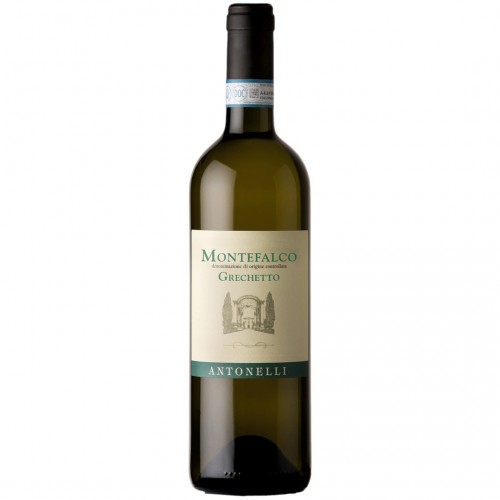
Leave a Comment